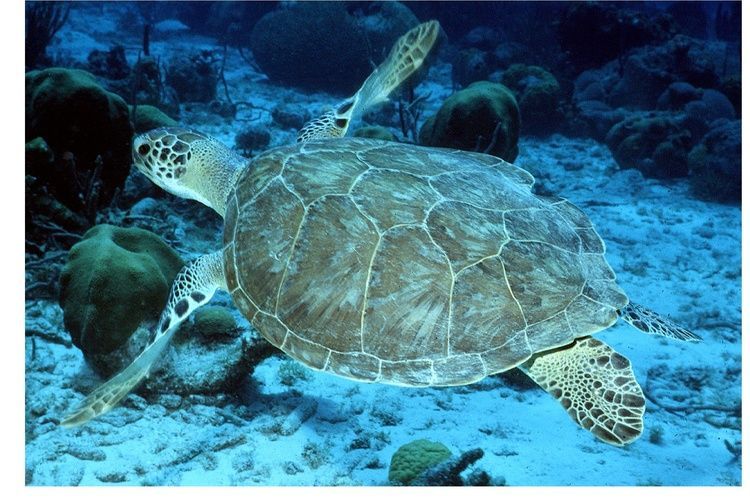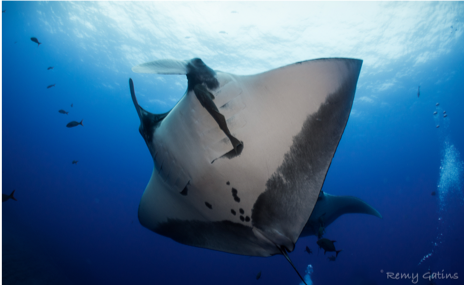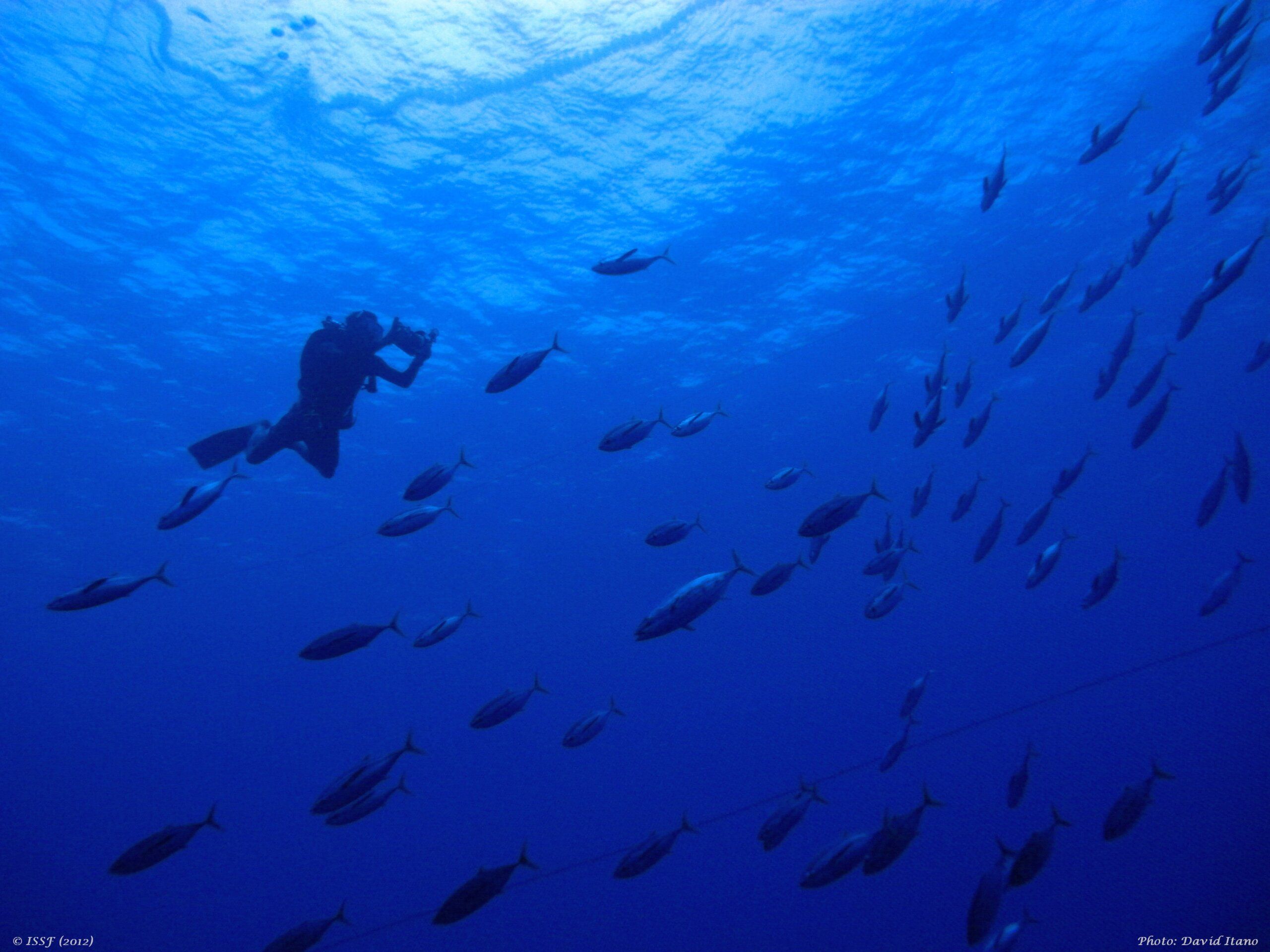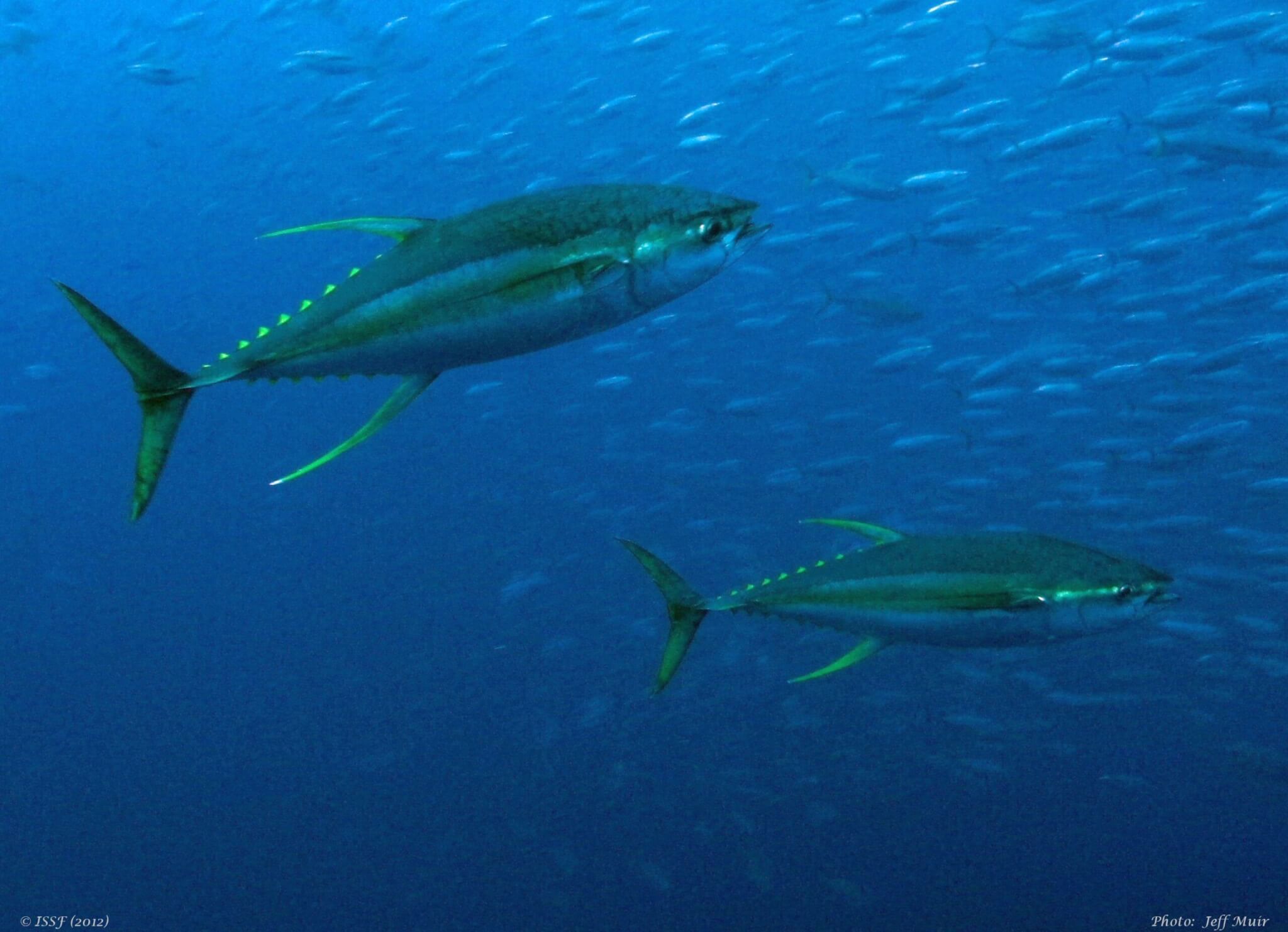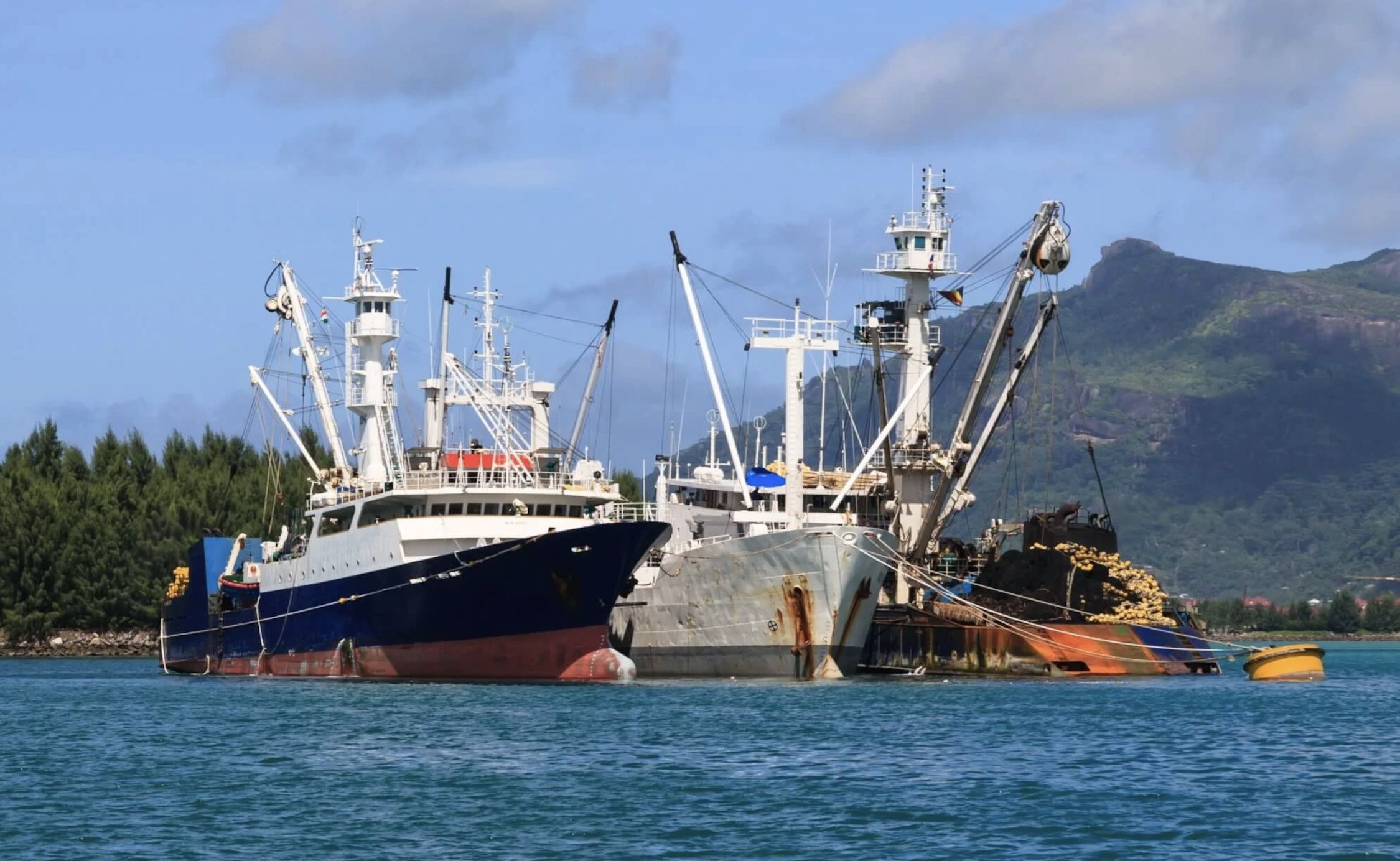Recognizing World Sea Turtle Day | Protecting Sea Turtles in Tuna Fisheries
June 16 marked World Sea Turtle Day.
ISSF supports multiple initiatives for the protection of sea turtles in global tuna fisheries. Many sea turtle populations are in decline, including from fishing pressure, and species are protected by national and international treaties and regulations.
When sea turtles are incidentally caught in purse-seine fisheries, their mortality is low: more than 90% can be released alive into the water. In longline fishing, sea-turtle bycatch rates and survival are greater concerns — and a priority for ISSF and other conservation efforts.
This week’s E News reviews ISSF’s work with scientists, fishers, seafood companies, conservationists, and others in helping to reduce the impact of tuna fishing on the world’s sea turtles.
Featured Content
Turtle Nesting Projects
Among the strategies to help protect sea turtle populations, nesting conservation projects can have one of the largest positive impacts. Nest destruction represents an additional mortality threat to sea turtles and has many causes.
ISSF supports sea turtle research, conservation, and educational projects worldwide — including in Brazil, Tanzania, and Peru — through a more than $100,000 annual fund created by several ISSF participating companies: Bumble Bee, Thai Union, TriMarine, and StarKist.
Bycatch Mitigation & Prevention
To help researchers identify and disseminate best practices in turtle handling and release, longline tuna fishers and observers have shared their knowledge on effective tools and approaches in ISSF-sponsored workshops. In ISSF guidebooks, infographics and posters, and scientific reports, we outline steps that fishers can follow to safely untangle or de-hook sea turtles, monitor their rest and recovery on deck, and release them into the water.
Fishers can also modify their gear and fishing practices, through “passive mitigation” approaches, to reduce the risk of incidentally catching sea turtles. Longline fishers, for instance, can reduce turtle interactions by using wide circle hooks and fish bait to attract tuna, and set hooks at certain depths.
To avoid turtle entanglement in netting from fish aggregating devices (FADs) used by purse seine vessels, fishers should use only non-entangling FAD designs. Our new Jelly-FAD Construction Guide is a step-by-step manual showing commercial tuna fishers how to build “jelly-FADs” — an innovative nearly 100% biodegradable and non-entangling design for fish aggregating devices (FADs).
Download the Jelly-FAD Construction Guide
View the Longline Skippers Guidebook
Featured Graphic
Saving Sea Turtles
An infographic shows fishermen how to safely handle sea turtles unintentionally caught during tuna fishing to help them survive.
Featured ISSF Conservation Measure
ISSF Participating Companies are seafood companies that commit to conform to our conservation measures (CM) for improving the long-term health of tuna fisheries. We adopted CM 3.6 Transactions with Vessels Implementing Best Practices for Sharks, Sea Turtles and Seabirds to further support implementation of existing RFMO conservation measures for bycatch mitigation in longline tuna fisheries, and to promote the appropriate use of such techniques by longline fleets globally. All companies were in full conformance with CM 3.6 in our November 2023 audit and compliance report.
Peer Reviewed Article
Simulating drifting fish aggregating device (FAD) trajectories to identify potential interactions with endangered sea turtles
This study’s overarching objective was to inform management of the dFAD fishery in the Pacific to limit the adverse effects it might cause on sea turtles and their critical habitats. Moreover, it would help inform the magnitude of these impacts in comparison with other anthropogenic threats (e.g., other fisheries, coastal development, pollution, climate change) to address and mitigate the primary risks.
More articles from ISSF and partners
